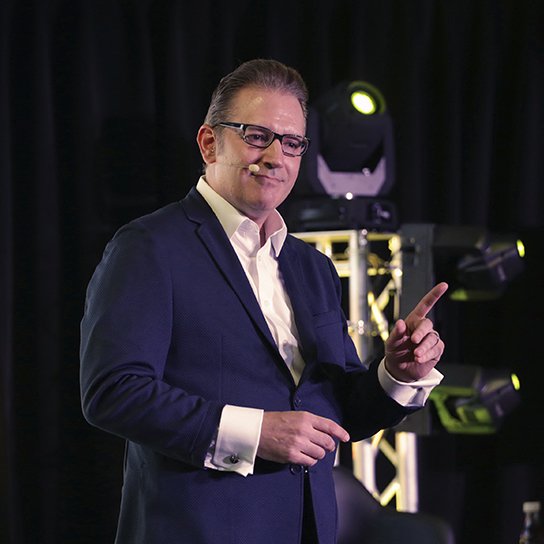Organizational values are the guiding principles that shape the culture and define the character of an organization. They serve as a compass for leaders and employees, providing direction and prompting action.
In order to be effective, organizational values must be aligned with the mission and goals of the organization. They should also be reflected in the behavior of leaders and employees. When organizational values are strong and widely-held, they can have a positive impact on team performance and help to create a leadership identity.
The Purpose of Organizational Values
Values can also help to build trust within an organization and between an organization and its stakeholders. Ultimately, organizational values provide a framework for decision-making and help to ensure that everyone is working towards the same goal.
BUT …
The way most organizations define and measure those values tends to limit people and hold them back.
The Risk of Not Personalizing Organizational Values
Here’s an example. Mike is a mid-level executive from one of those major U.S. retailers that have a presence in nearly every neighborhood. By all accounts Mike was doing well in his job, meeting all the milestones he was supposed to meet, checking all the right boxes according to his bosses and his job description. So, he couldn’t figure out why he wasn’t moving up within his organization.
“I practiced all of our corporate values. All of my performance ratings were ‘high’ to ‘very high,’ based upon how they want me to work. I modeled my work and my style based on five other senior executives in the organization. I did everything they wanted me to do, and I’m not even being considered for VP.”
Here’s the paradox: Mike created a path for success based on how the company said they wanted him to behave, and by modeling himself after other people who have been successful at that company. That seems like a logical approach. The problem is, as a result, he’s not providing any distinct value. He commoditized himself. His frustration is understandable: “That’s what they told me they wanted!”
And that probably is indeed what the company leaders thought they wanted. If they could just standardize behavior, they should be able to produce the right results, right? Wrong.
What they did was strip Mike of his identity. They didn’t leave any room for him to think differently or to influence the success of his projects in his own way. It’s no wonder that 85 percent of employees worldwide are not engaged or are actively disengaged in their job (Gallup 2017 State of the Global Workplace).
Here’s how one emerging leader put it: “While there will always be guardrails, and with good reason, there is also a way to allow freedom to operate. Being able to understand or anticipate when the guardrails are being restrictive is an important part of evolving and understanding we may need to tolerate or widen the approach in order to get the most out of our people.”
How to Make Organizational Values Your Own
It’s not that we should get rid of these values. But new leaders, emerging leaders and even senior leaders need to make sure they’re still being themselves and living those values within their own strengths. And do the same for the people you lead.
- Learn what you solve for [link to previous article or other resource]
- Help others learn what they solve for
- Assess each organization value on which you will be evaluated and create a way to live that value that’s centered around what you solve for
This thought process will help you boost your own performance and team performance by personalizing those organizational values in a way that gives them much more power and gives you and your team much more influence.
Conclusion
Do you want to be a part of an organization that values you and is committed to your success? Join our leadership training programs. We can help assess and develop your skills so that you can contribute your best self to an organization that shares your values. Through personalized organizational values, we create a culture where everyone understands their role in achieving the common goal. What are you waiting for? Get started today!









